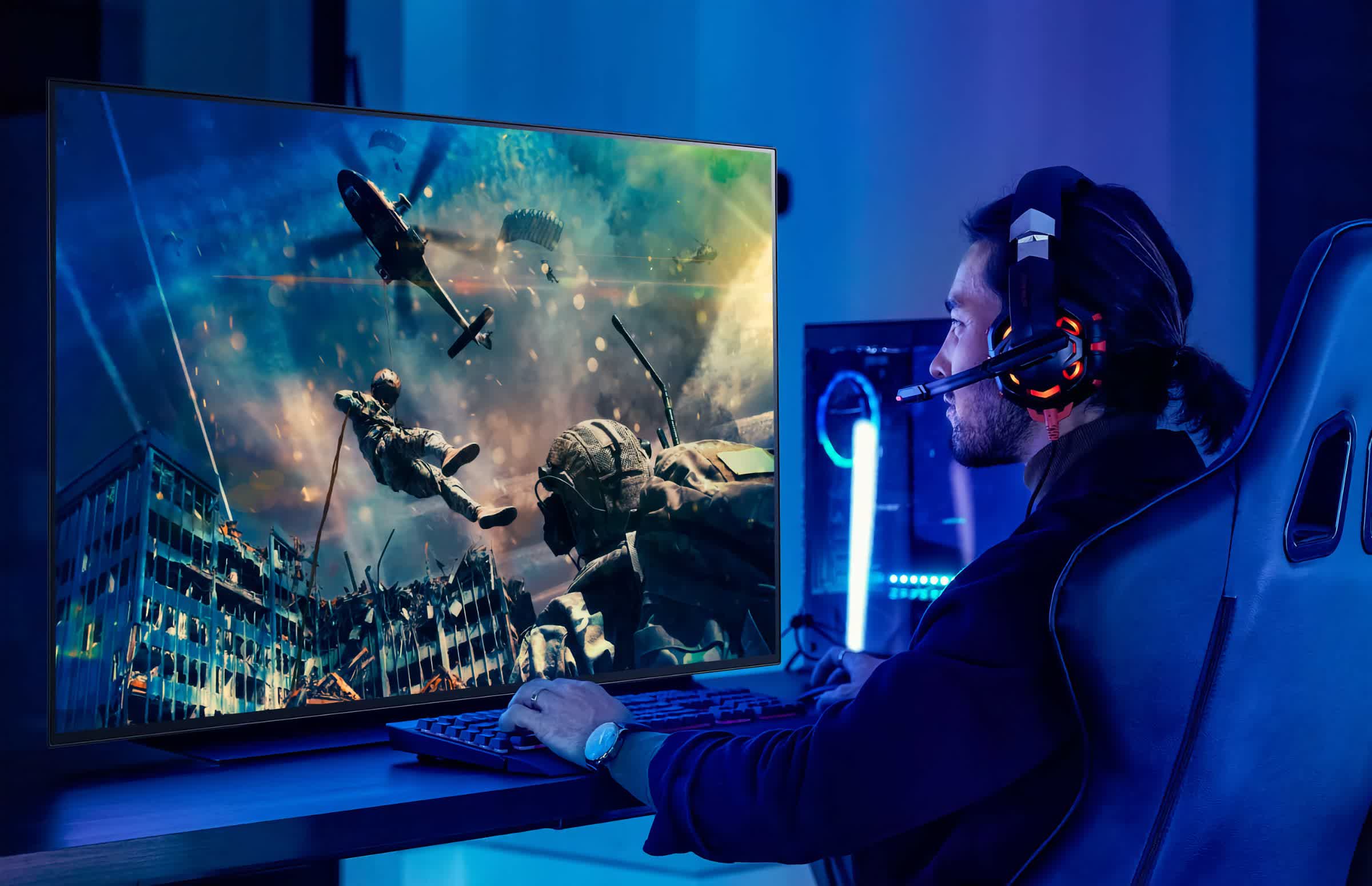In context: OLED panels have many advantages over traditional LED-backlit displays. They offer truer blacks, enhanced colors, and impressive contrast, making them a popular choice for smartphones, smartwatches, TVs, and monitors. However, OLEDs still suffer from burn-in, although it is less common now than it used to be. Thankfully, researchers believe that they have found a breakthrough solution that could make OLED burn-in a thing of the past.

According to researchers from the University of Cambridge, the burn-in effect in OLED panels can be eliminated by controlling the blue light-emitting diodes. In a study published in the journal Nature, the researchers claimed that covalently encapsulating the ultranarrowband blue light emitters in insulating alkylene straps could significantly reduce burn-in and even simplify the manufacturing process of OLED displays.
Also check out: The OLED Burn-In Test – Burning It on Purpose
Explaining their theory, researchers say that the light emitted by blue LEDs is largely unstable and inefficient, resulting in the burn-in issues in OLED screen.
However, blue LEDs are vital as they help create the white light that allows OLED panels to be used commercially for display purposes. So, the researchers jacketed the blue-light diode with insulating alkylene straps to see if it will reduce its instability and eliminate potential burn-in issues, and it seems to have worked.
The researchers believe that their solution would bring in a paradigm shift in blue OLED technology and could make device fabrication significantly easier.
While current OLED panels use multiple layers of specialized materials to reduce the burn-in effect, the new technology could effectively eliminate all the additional layers by simply covering the blue light-emitting diodes with insulating alkylene straps, thereby reducing the complexity in the manufacturing process and lowering production costs.
It is worth noting here that while this solution is extremely promising, it is still in the proof-of-concept stage, and will need to pass many more tests before it can be adopted for commercial purposes. Even if it does make it to the manufacturing phase, it will take some time before it's used in retail devices, meaning the burn-in will likely remain an issue in the near future.
https://www.techspot.com/news/102410-oled-burn-could-soon-thing-past-thanks-innovative.html